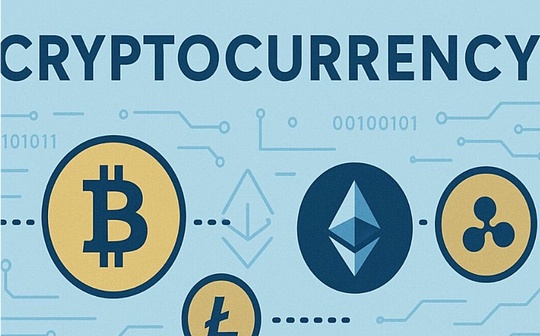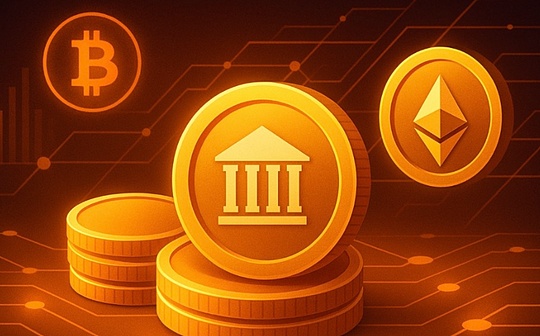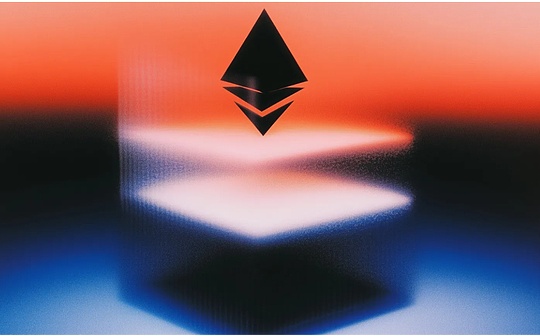
Author: Sean Kiernan, CEO of Greengage; Source: Coindesk; Compiler: Shaw Bitcoin Vision
Currently, more than 160 listed companies have adopted Bitcoin as their core treasury reserve strategy, holding a total of nearly one million Bitcoins, accounting for approximately 4% of the circulating supply.What started as a bold venture by one company has evolved into a global strategy: raise money, buy Bitcoin, and provide partial Bitcoin equity exposure through a listing vehicle.These stocks trade not based on earnings or cash flow, but on their solvency per Bitcoin per share, and most of the companies have achieved market caps above net asset value, or in the now popular terminology, have reached “mNAV” (market cap to net asset value) levels above 1.The question now is no longer whether the Bitcoin reserve model can be implemented, but what happens next in terms of risks and opportunities?
The first era—from narrative to copying
The opening chapter of Bitcoin Treasury Reserve is characterized by narrative and replication.Michael Saylor’s Strategy (formerly MicroStrategy) has shown that raising equity at a price above net asset value (NAV), converting it to Bitcoin, and never selling it can transform a software company into a $100 billion Bitcoin alternative.
From Tokyo’s Metaplanet to US healthcare company Semler Scientific to London’s Smarter Web Company, the model has spread rapidly.But high premium multiples may not be sustainable just by telling stories and holding Bitcoin.For this model to survive its adolescence, the company may need to justify its NAV multiples above 1x in a more durable way.
The Next Leverage for Bitcoin Treasury Companies
Leverage 1: Yield Advantage
Just as real estate investment trusts (REITs) transformed from landlords to income machines, Bitcoin Treasury Reserve companies must prove they can achieve incremental growth per Bitcoin per share rather than just hoard Bitcoin.
This could be achieved through Bitcoin-collateralized loans, Lightning Network infrastructure, or new financial products that can monetize balance sheet holdings.For example, locking Bitcoin in a payment channel on the Lightning Network allows Bitcoin holders to charge fees for providing this liquidity, and thus potentially earn revenue.However, all income strategies involve risks that need to be considered and managed, such as credit risk and counterparty risk.Without a yield engine, dilution may eventually occur and mNAV may compress to 1.
Leverage 2: Leverage (Risk Weighted)
The winners in the last bear market weren’t the companies with the biggest balance sheets, but those that were able to arrange their capital appropriately enough to survive when they were forced to liquidate.Some Bitcoin treasury reserve companies are currently considering using their Bitcoin as collateral for Bitcoin-backed loans in exchange for U.S. dollars.These dollars can then be deployed as the company sees fit, such as earning income or purchasing more Bitcoin.However, such activities require rigorous risk management as well as cash flow and scenario modeling.Leverage amplifies the reflexive flywheel effect, but it also requires discipline: only raise capital at premiums, never collateralize hard assets, and stretch debt maturities to account for cyclical swings.
Lever 3: Complementary business models
The third lever is to offer complementary business models, or the “picks and shovels” of the Bitcoin economy.Some Bitcoin treasury companies have already deployed in the field of infrastructure: data centers, decentralized artificial intelligence computing, Bitcoin-native software or business services.
This dual model could transform them from a pure NAV arbitrage into a platform with operating cash flow.This could make them more than just alternatives to Bitcoin, but also a stock narrative with growth potential.This is similar to the companies of the Internet era that eventually grew into today’s technology industry infrastructure giants, which often also had large cash reserves themselves: Apple, Amazon, Google, Facebook, etc.
Toward specialization and institutionalization
The reflexive phase of the Bitcoin treasury model is coming to an end.As this process slows, companies are professionalizing their Bitcoin reserve strategies: designing resilient capital structures, perhaps generating Bitcoin earnings without diluting per-share exposure, and developing business lines that connect to the broader digital asset infrastructure.
Those that succeed may be able to justify their stock prices above net asset value over the long term, solidify their shareholder bases, and become something similar to the Bitcoin space.
The presence of a real estate investment trust (REIT), a tech giant, or an energy giant.Companies that stagnate may gradually become irrelevant, or even trade on the stock market like closed-end funds, with no growth to speak of.
Next Game – Beyond Buying Bitcoin
The next game probably won’t be buying Bitcoin; the strategy is already written.It’s about building the financial architecture to keep mNAV above 1, cycle after cycle.
Companies that crack the code will become more than just Bitcoin agents.They may become the equity layer of the new monetary system.






